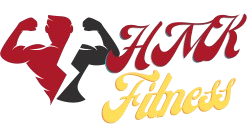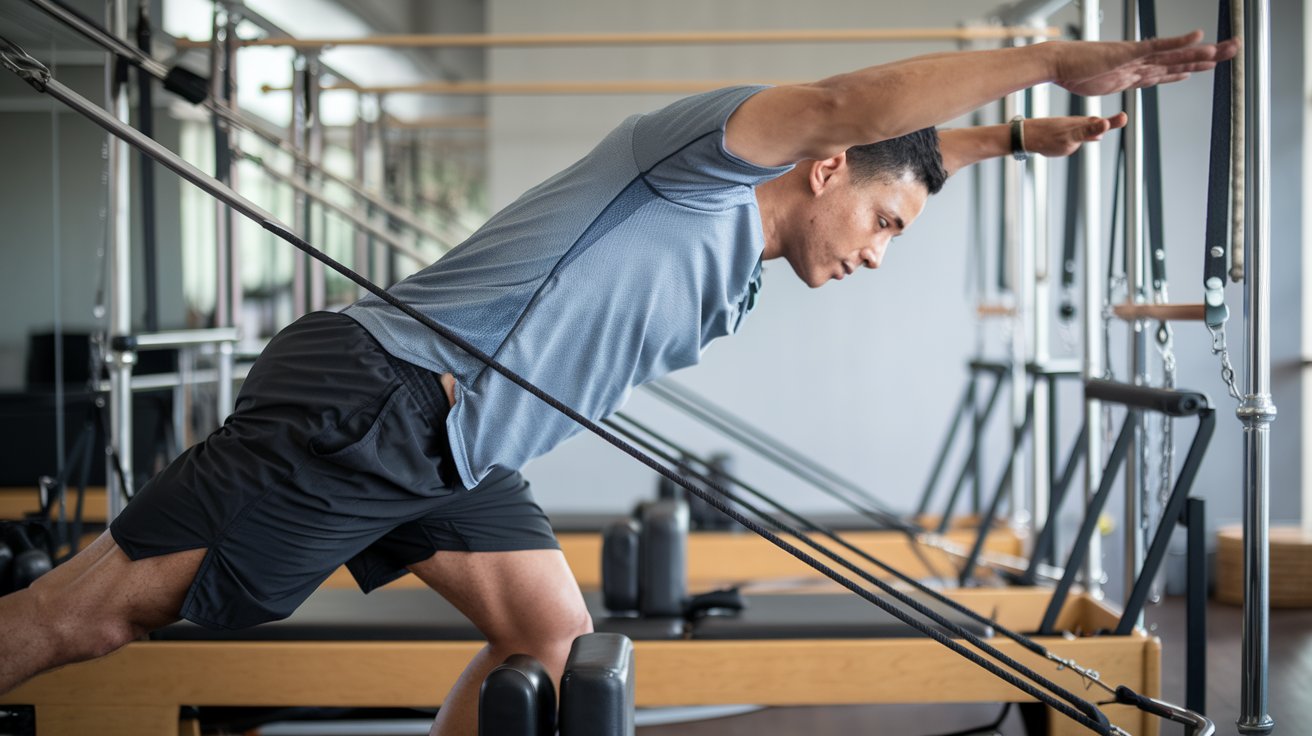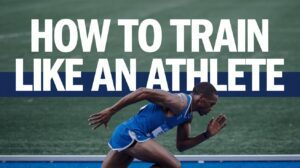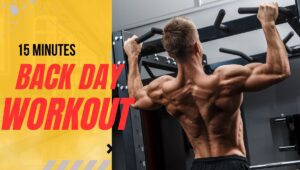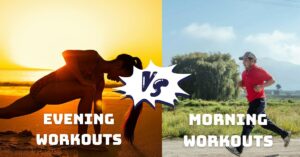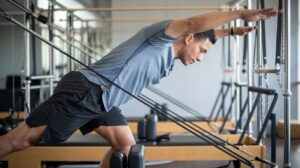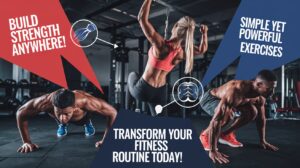Table of Contents
ToggleIntroduction:
Adding a Pilates bar to one’s workout routine is a revolution for anyone who wants to work every muscle group and tone the body. Using a Pilates bar is a great innovative approach since it is light and multi-functional; it targets several muscle groups, increases the range of movement, and improves stability. People’s expectations in terms of muscle development often need to be met by simply working out with weights, as is the case with extended usage of traditional resistance. Instead, people will see a leaner physique with developed defined muscles, which is the aim of many people.
Whether it is your first encounter with Pilates or you do it regularly, the following seven effective Pilates bar exercises will bring your body to a new shape. The exercises employ movements that include the core, upper body, lower body, and hips, thereby offering a holistic approach to flexibility, strength, and balance. Let’s get into these effective exercises and discover how they will help you get in shape.
1. Pilates Bar Squats for Lower Body Strength:
Pilates bar squats are a fantastic way to build strength in the lower body, targeting the glutes, hamstrings, and quads. This exercise also promotes better posture and balance. Unlike traditional squats, using a Pilates bar introduces resistance, making it a more challenging and effective workout for toning your legs.
How to Perform Pilates Bar Squats:
Stand with your feet shoulder-width apart, holding the Pilates bar across your shoulders as you would with a barbell.
Engage your core and maintain a straight back as you lower into a squat.
- Lower your body until your thighs parallel the floor, ensuring your knees align with your toes.
- Hold for a second at the bottom, then press through your heels to stand back up.
- Repeat for 10-12 reps, focusing on controlled movement and maintaining form.
Benefits of Pilates Bar Squats:
- Improved Strength: This exercise strengthens your glutes, quads, and hamstrings, contributing to a more toned lower body.
- Better Posture: By keeping your back straight and core engaged, you train your body to maintain proper posture.
- Core Engagement: Squatting with a Pilates bar also activates your core, adding an extra challenge to the movement.
You can boost the resistance by tightening the bar’s tension or adding more repetitions to increase the difficulty.
2. Standing Leg Press with Pilates Bar:
The standing leg press with a Pilates bar is a fantastic exercise for developing strength and stability in the legs and glutes while engaging the core for balance. It simulates the movement of a traditional leg press, but the resistance from the Pilates bar adds a dynamic and more challenging element.
How to Perform a Standing Leg Press:
- Begin by standing tall with one foot in the center of the Pilates bar’s resistance band or loop.
- Hold the bar in front of your body with both hands, keeping your arms extended.
- Engage your core as you lift the leg attached to the band and press it backward in a controlled motion.
- Press against the band’s resistance while maintaining an upright posture and balance on your standing leg.
- Slowly return your leg to the starting position and repeat for 10-12 reps before switching to the other leg.
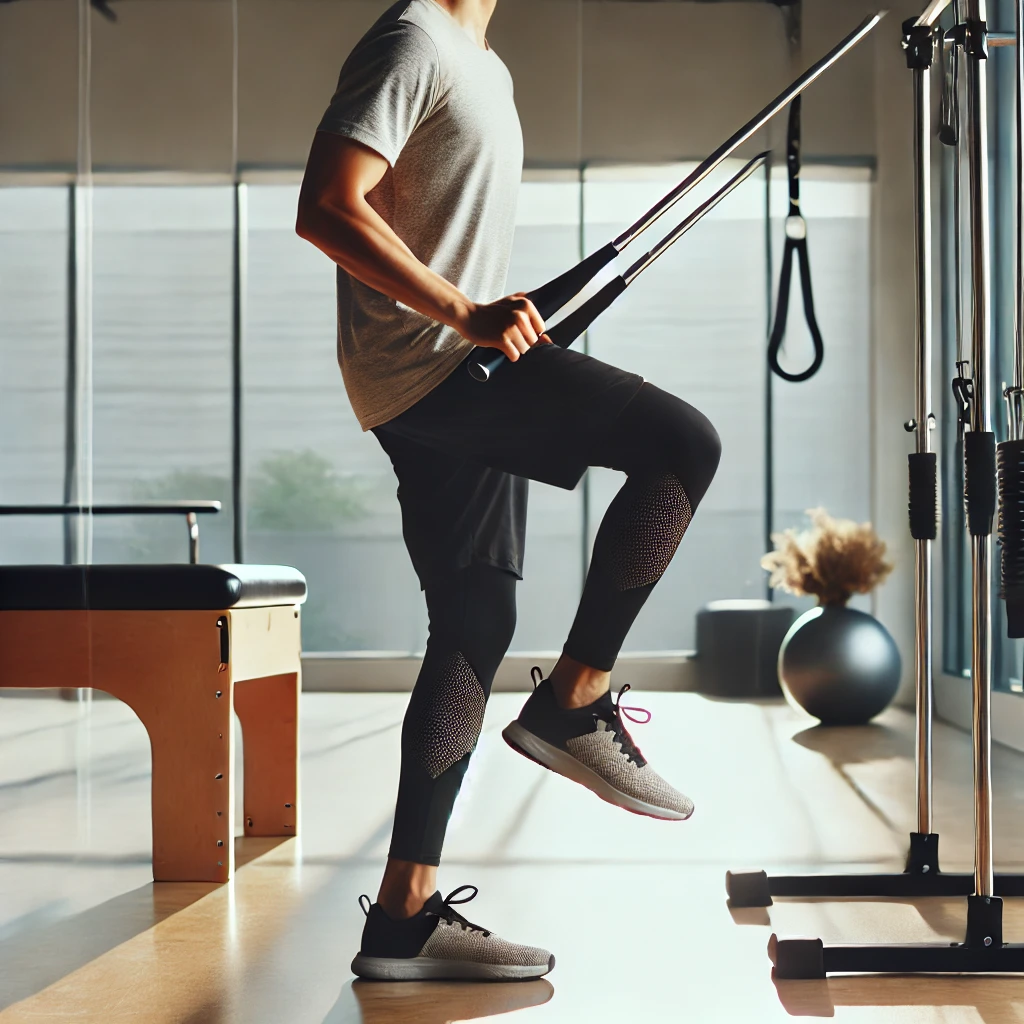
Benefits of the Standing Leg Press:
- Strengthens the Lower Body: This exercise effectively targets the thighs, glutes, and calves.
- Core Engagement: The standing position requires you to engage your core muscles for stability, promoting better balance.
- Improved Flexibility: Pressing the leg backward helps improve flexibility in the hips and hamstrings.
This movement particularly benefits those looking to tone their legs and improve their overall balance and posture.
3. Pilates Bar Chest Press for Upper Body Toning:
The Pilates bar chest press is a fantastic upper-body exercise focusing on toning the chest, shoulders, and triceps. Using a Pilates bar, you introduce resistance that helps build lean muscle without bulk, perfect for those looking to sculpt their upper body.


How to Perform a Pilates Bar Chest Press:
Begin by lying flat on a mat, with your knees bent and feet firmly planted on the floor.
Grip the Pilates bar with both hands; arms extended directly above your chest.
Gradually bend your elbows to lower the bar toward your chest, maintaining full control over the movement.
Push the bar back up to the starting position, fully extending your arms.
- Perform 10-12 repetitions, focusing on engaging your chest, shoulders, and triceps throughout the exercise.
Benefits of the Pilates Bar Chest Press:
- Upper Body Strength: This exercise targets the chest, shoulders, and triceps, helping to tone and strengthen these muscles.
- Controlled Movement: The resistance provided by the Pilates bar forces you to perform slow, controlled movements, leading to better muscle activation.
- Core Engagement: While lying down, your core muscles are also engaged, providing a secondary benefit.
This exercise enhances upper body strength and sculpts the chest and arms, making it an essential part of a full-body Pilates bar workout.
4. Seated Rows with Pilates Bar for Back Strength:
The seated row using a Pilates bar is a good workout for strengthening muscles in your back, particularly the upper back, shoulders, and arms. This movement helps improve posture and provides a full upper-body workout while engaging the core.
How to Perform Seated Rows with Pilates Bar:
- Sit on a mat with your legs extended straight in front of you.
- Loop the Pilates bar’s resistance band around the soles of your feet, holding the bar with both hands, palms facing each other.
- Keep your back straight and engage your core as you pull the bar toward your torso, squeezing your shoulder blades together.
- Slowly extend your arms back out, controlling the movement as you return to the starting position.
- Repeat for 10-12 reps, focusing on keeping your core tight and using your back muscles to pull the bar.
Benefits of Seated Rows with Pilates Bar:
- Back Strength: This movement strengthens the upper back muscles, promoting better posture and helping to alleviate back pain.
- Core Engagement: As you maintain balance during the movement, your core is activated, giving you a secondary workout.
- Improved Posture: Strengthening your back muscles helps you stand taller and correct postural imbalances over time.
Seated rows are a great addition to any Pilates bar routine and are especially beneficial for those looking to strengthen their back and arms while improving posture.
5. Pilates Bar Roll-Up for Core Activation:
The Pilates bar roll-up is an incredibly effective for targeting the abdominal muscles and building core strength. It’s suitable for beginners and advanced practitioners, as the intensity can easily be adjusted to suit different fitness levels.
How to Perform a Pilates Bar Roll-Up:
- Begin by lying flat on your back on a mat with your legs extended and feet together.
- Hold the Pilates bar with both hands, extending it above your head while keeping your arms straight.
- Activate your core muscles and gradually roll your torso upward, extending your arms forward as you lift off the mat.
- Continue rolling forward until you are sitting upright with the bar extended in front of you.
- Slowly reverse the movement, rolling your spine back down one vertebra at a time until you are lying flat again.
- Repeat for 8-10 reps, focusing on engaging your core muscles throughout the movement.
Benefits of the Pilates Bar Roll-Up:
- Core Strength: This movement intensely activates the core muscles, enhancing overall strength and stability.
- Spinal Mobility: The roll-up motion helps increase spine flexibility, promoting better movement and posture.
- Improved Control: Pilates exercises are all about controlled movements, and this roll-up requires you to move slowly and with precision, which enhances muscle engagement.
This exercise is a good way to strengthen and tone your abs while improving flexibility and control over your movements.
6. Side Leg Raises with Pilates Bar for Hip Mobility:
Side leg raises Utilizing a Pilates bar is excellent for strengthening the outer thighs and hips and enhancing mobility and flexibility in the hip joints. This exercise effectively targets smaller muscle groups frequently missed in conventional workouts.
How to Perform Side Leg Raises with a Pilates Bar:
- Lie on your side on a mat, with one leg resting on the other and your body aligned in a straight line.
- Secure the Pilates bar’s resistance band around the foot of your top leg, holding the bar with both hands in front of you for stability.
- Engage your core and slowly lift your top leg upwards against the band’s resistance, keeping your leg straight.
- Pause at the top of the movement, then lower your leg back down in a controlled manner.
- Repeat or try for 10-12 reps on each leg, focusing on lifting your leg using your outer thigh and hip muscles.
Benefits of Side Leg Raises:
- Hip Strength and Mobility: This exercise improves hip mobility and strengthens the muscles surrounding the hip joint, promoting better movement.
- Outer Thigh Engagement: Lifting your leg against the resistance of the Pilates bar targets the outer thigh muscles, which can help tone and shape the legs.
- Core Stability: Maintaining a stable position while lifting your leg engages your core muscles, providing an additional benefit to this exercise.
Side leg raises are an excellent addition to any Pilates routine, especially for those looking to improve flexibility and strength in their hips and thighs.
7. Standing Arm Curls for Sculpted Biceps:
The standing arm curl using a Pilates bar is an excellent exercise for targeting and sculpting the biceps, helping you build strength and definition in your arms. This exercise focuses on controlled movements, ensuring maximum muscle engagement without the need for heavy weights.
How to Perform Standing Arm Curls with a Pilates Bar:
- Separate your legs so that they are shoulder-width apart in a standing position. Grasp the Pilates bar with both hands, palms facing up.
- Keep your stomach and back straight in this position and bend your elbows as you bring the bar up toward your shoulders.
- Remember the weighting distribution, use only bicep power, and do not move your upper arms in space. With control, bring the bar back to the elevated position in its starting location.
- Repeat for 10-12 reps, ensuring your movements are slow and controlled for maximum muscle engagement.
Benefits of Standing Arm Curls:
- Bicep Toning: This exercise isolates the biceps, helping tone and define your arms’ muscles.
- Core Engagement: By standing upright, your core muscles must remain engaged to maintain balance and posture throughout the exercise.
- Improved Arm Strength: Regularly incorporating arm curls into your Pilates routine will help you build arm strength, leading to better overall upper body performance.
Standing arm curls are an excellent addition to a full-body Pilates workout. They offer a great way to tone your arms while also engaging your core for added stability.
Conclusion:
Adding these 7 effective Pilates bar workouts to your fitness regime can help you get a more toned and stronger body even as your balance and flexibility get enhanced. The Pilates bar is a very effective instrument for performing several low-impact exercises for various muscle groups, which helps to tone without building any bulk. If the concentration is on the core, upper body exercises, lower body workout, or hips, each exercise offers a full-fledged workout.
You will not only gain strength by exercising these movements, but your posture, flexibility, and coordination will also improve. Similar to any other workout regimen, commitment plays an essential role. Over a long duration, you will appreciate the way your body composition becomes firmer, thanks to the dynamic resistance system of the Pilates Bar.
Remember, starting slowly and maintaining proper form with each movement is important. Pilates emphasizes control and precision, so be mindful of your body’s alignment and engage your muscles throughout every rep. With dedication and patience, the results will speak for themselves!
How do Pilates bar exercises differ from regular Pilates?
While traditional Pilates often uses a mat or reformer, the Pilates bar incorporates resistance bands to add a strength-training element. This creates more muscle tension, making exercises more challenging while helping build lean muscle and improve balance.
Can I build muscle with Pilates bar exercises?
Yes, Pilates bar exercises are excellent for building lean muscle. By using controlled movements and resistance, these exercises help to tone and sculpt your muscles, making them more defined without the bulk typically associated with weight training.
Is the Pilates bar effective for core strengthening?
The Pilates bar is particularly effective for strengthening the core because nearly every exercise engages your abdominal muscles. Whether you’re performing squats, leg raises, or roll-ups, your core works hard to maintain balance and control throughout each movement.
How long should my Pilates bar workout sessions be?
For most people, a 30-45-minute session is ideal. This time frame allows for a full-body workout, focusing on multiple muscle groups while ensuring proper form and control. However, if you’re a beginner, you can start with shorter sessions and gradually increase your workout length.
Do Pilates bar exercises help improve flexibility?
Many Pilates bar exercises enhance flexibility, especially in the hips, back, and legs. The slow, controlled movements encourage a greater range of motion, which can improve flexibility over time when practiced consistently.
What should I focus on when doing Pilates bar exercises?
Focus on maintaining proper posture, breathing deeply, and engaging your core during each exercise. Pilates emphasizes control and alignment, so it’s crucial to avoid rushing through movements and instead prioritize precision to get the most out of each workout.
